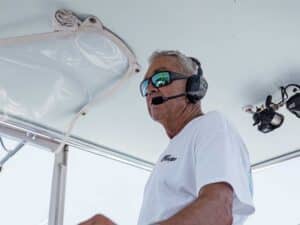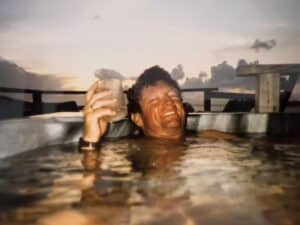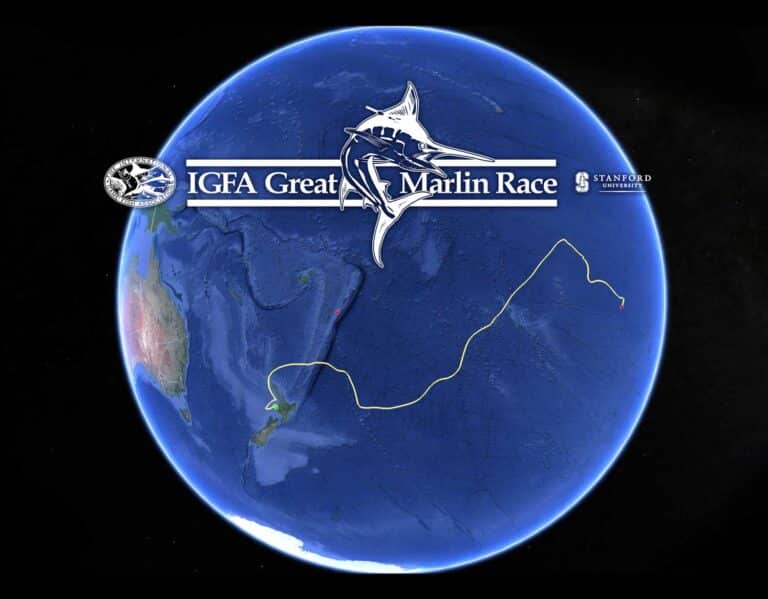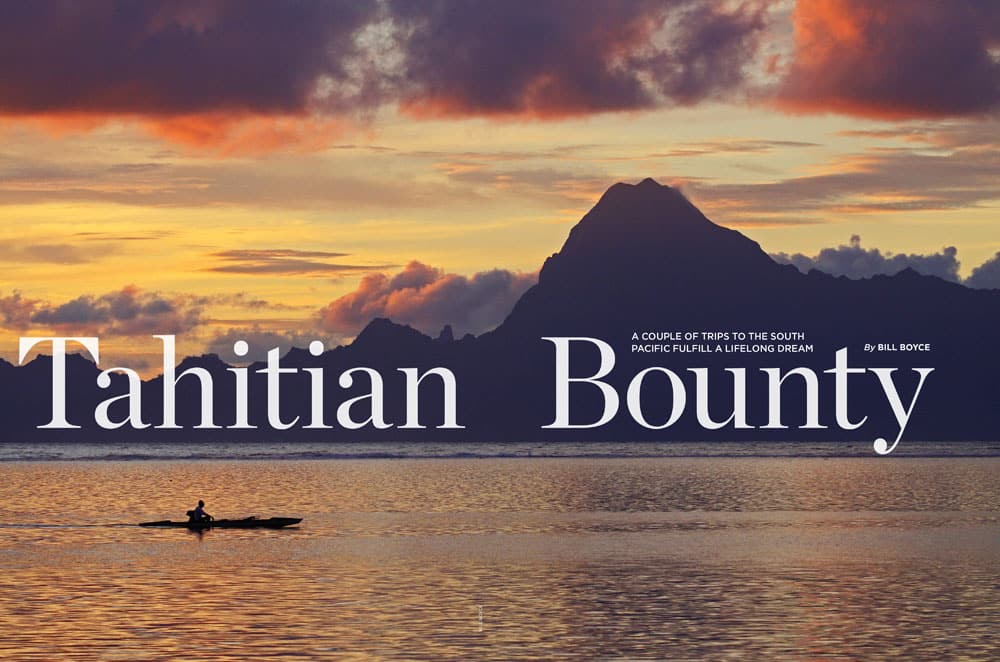
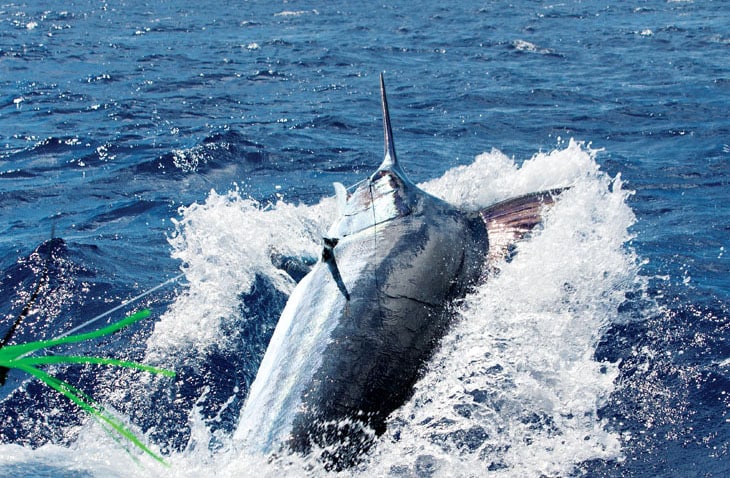
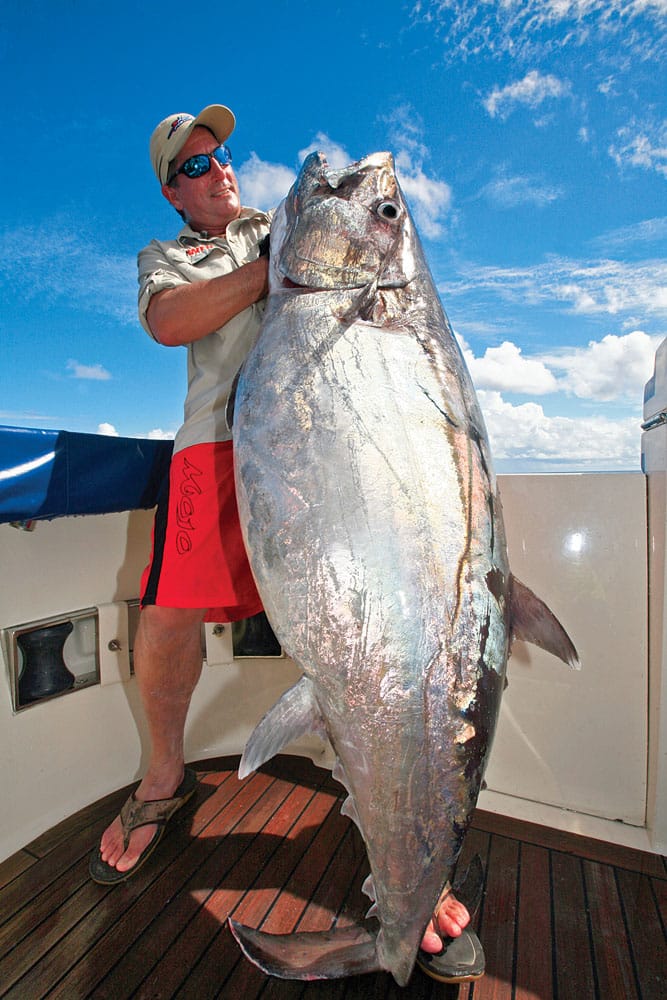
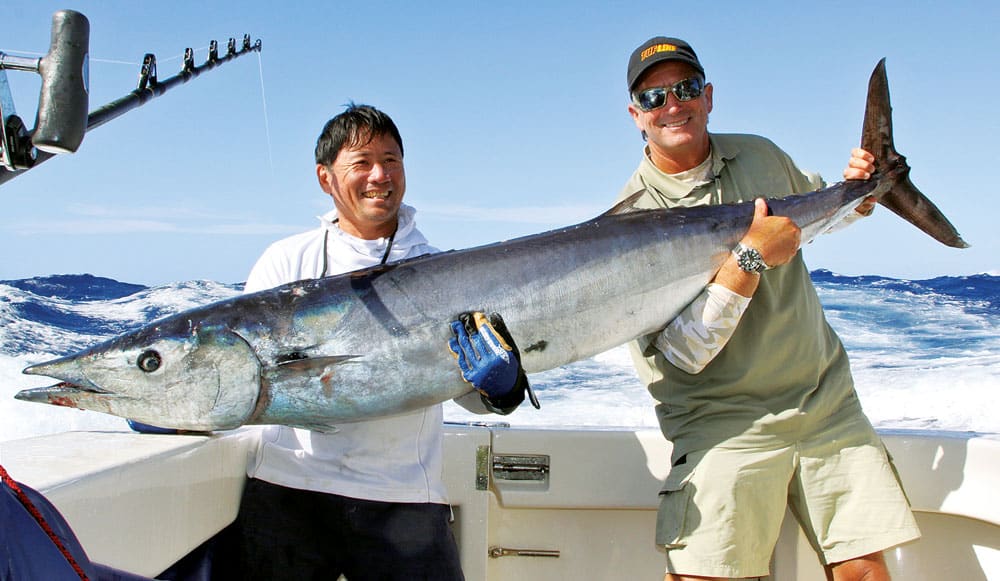
Austral Islands
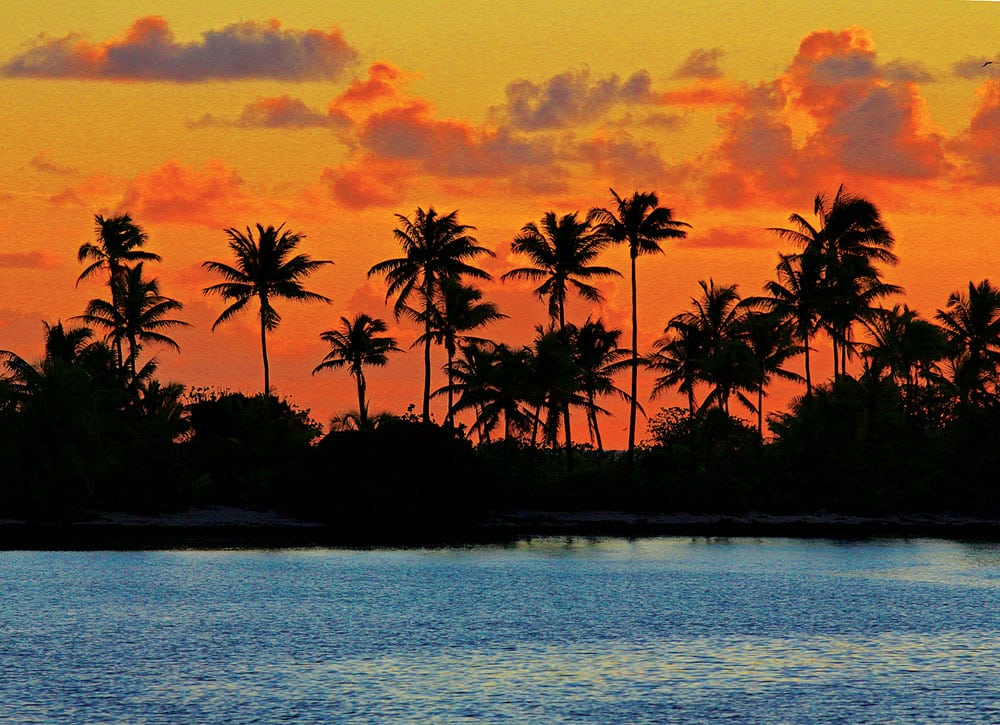
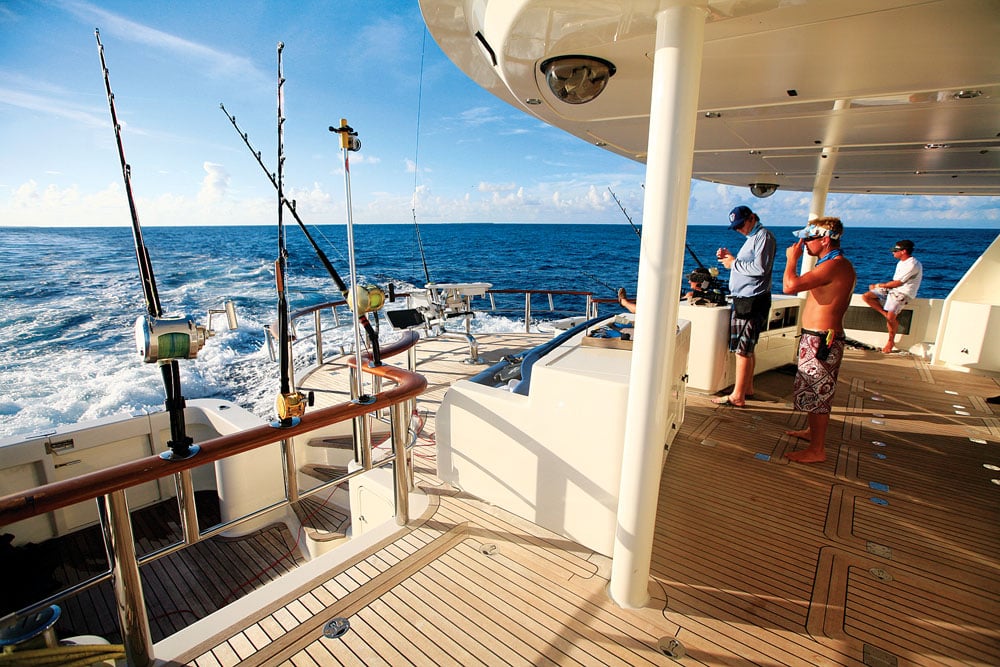
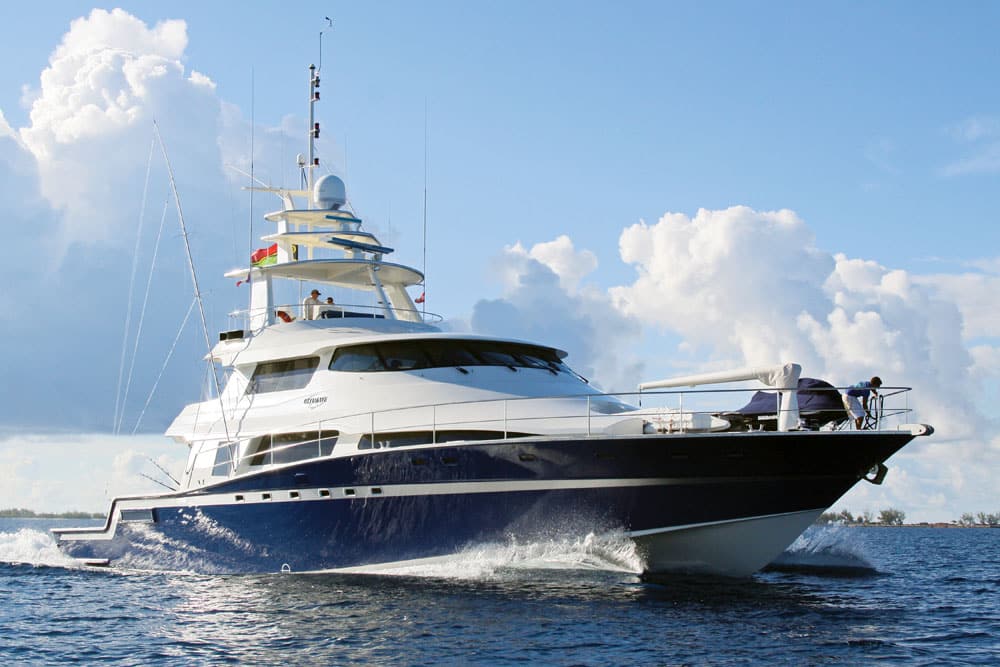
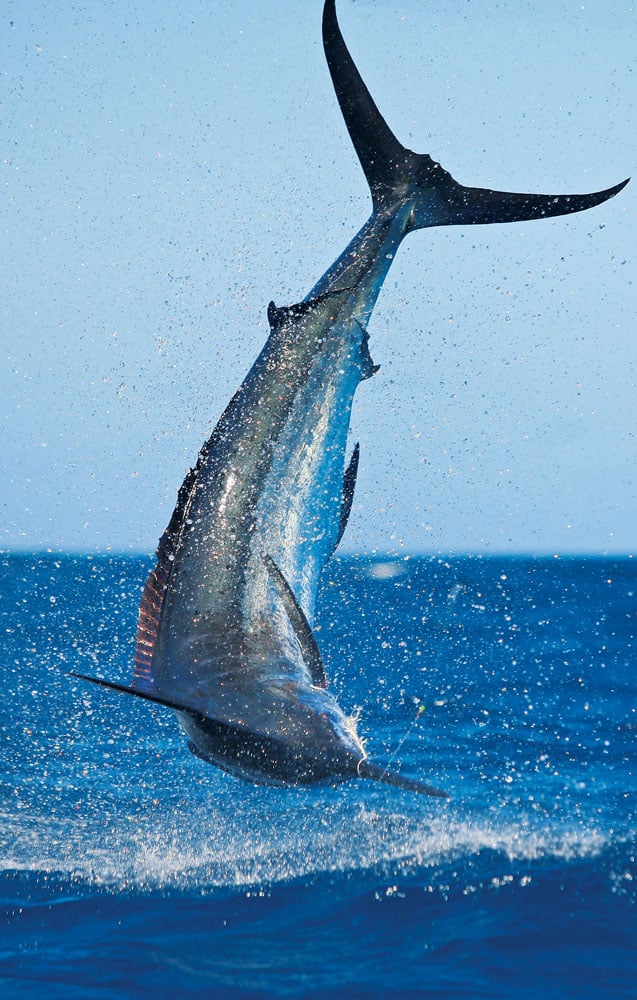
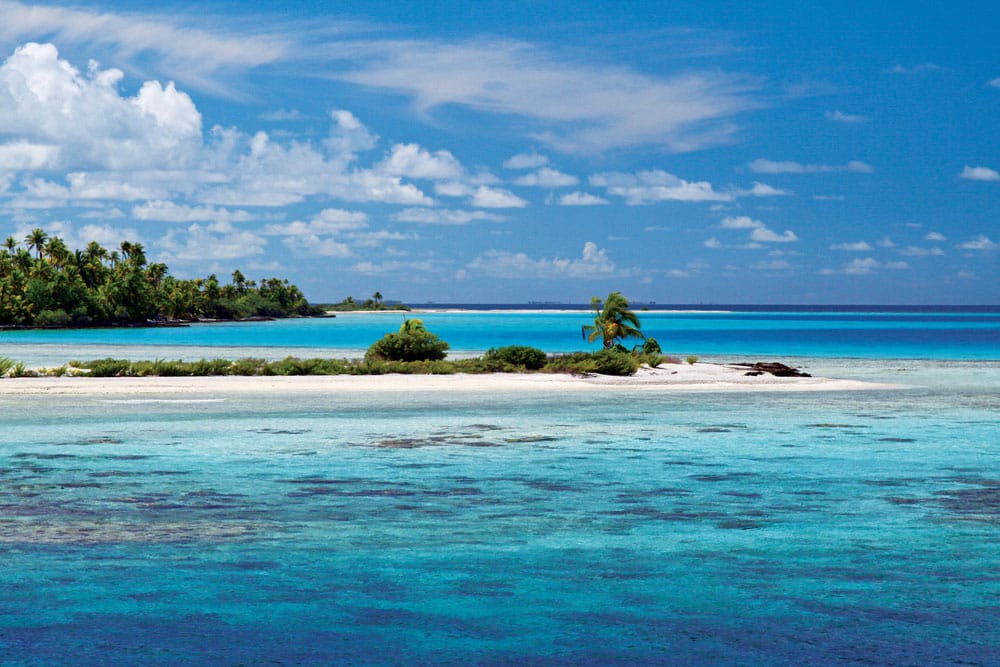
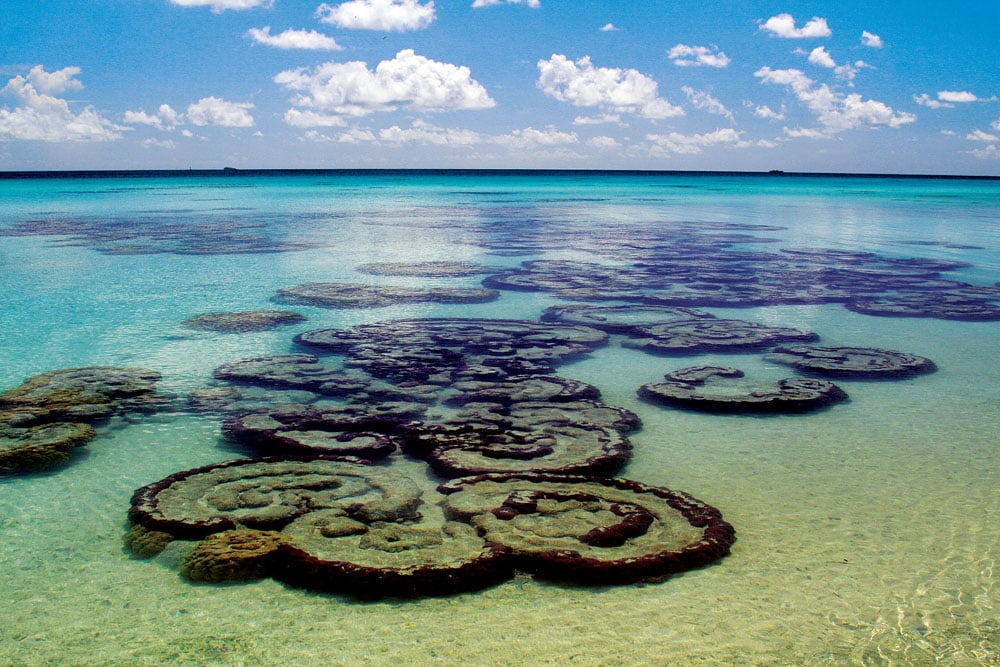

(Click through all the photos in the above gallery for more Tahitian action.)
For the last 30 years, the pages of Marlin have documented the finest marlin fishing in the most virgin waters on the planet. Yet the world’s oceans were fished, explored and critiqued for many years before Marlin published its first issue in 1982. From Hemingway to Lerner, McClane to Ted Williams, all the way up to the modern writers of today, few had the opportunity to fish truly pristine waters like those encountered by Zane Grey during his early expeditions. I first read of Grey’s international fishing quests in Tales of Tahitian Waters. Published in the early 1930s, this book provided a punk junior high school kid looking for book report material a glimpse into the world of big-game fishing. Not only did I get an A on the report, but I also became fascinated with the prospect of going to the South Pacific to fish virgin marlin waters myself. Little did I know that some 40 years later I would find myself on one of the most custom sport-fishers ever built fishing remote Tahitian waters that Grey himself never reached.
Tahiti boasts some amazing blue-water fishing; Grey caught the world’s first 1,000-pound sport fish on rod and reel — a blue marlin — off the main island of Tahiti back in 1930. The account of the capture of that fish in his book is mesmerizing, as was the opportunity to fish the very same waters and land blue marlin 80 years later. But the real adventure of fishing the untouched waters that Grey experienced lies in the outer French Polynesian island groups: the Tuamotu Archipelago to the east and the Austral Islands to the south.
Luckily, I’ve enjoyed the honor and pleasure of fishing Tahitian waters for the last two years and did so in style. I fished aboard Ultimate Lady, a 90-foot custom catamaran sport-fisher built in New Zealand. Owner Fred Lewis designed the boat to be the world’s ultimate long-range fishing platform — I’m pretty sure that he succeeded. Sporting a 33-foot beam, a top speed of 32 knots, a clean wake and great fuel economy, Ultimate Lady backs down at 12 knots and sports an advanced side-scanning sonar.
Tuamotu Atolls
In February 2012, my film crew and I flew 500 miles east of Tahiti to the island of Hao to meet Ultimate Lady. This coral donut in the middle of the South Pacific (literally 4,000 miles from Los Angeles and 4,000 miles from Sydney) is not much more than an airstrip, a few houses, a school and an awesome French bakery. We boarded Ultimate Lady, and Capt. Tom Francis gave me a rundown of what fishing adventures we could expect.
Our plan was to fish the blue-water walls and drop-offs surrounding Hao for a few days then head west in a zigzag pattern for a few hundred miles to fish some other coral atolls for a variety of tropical game fish until hitting the island of Fakarava.
Joining us on the trip was Daniel Siu, a local Tahitian businessman and very serious sport angler. He warned me of the giant dogtooth tuna and huge giant trevally we would be catching in and near the coral reef habitats. But no warning can prepare you for what you see and feel when one of these bites. The crystal-blue waters and steep drop-offs are literally covered with wahoo, skipjack and yellowfin tuna, so we knew our chances of finding blue marlin would be a nonissue. Add to that modern side-scanning sonar and a captain well versed with its use, and the chances increased exponentially.
We raised four blue marlin on our first day of fishing, getting three bites and catching two. Both were respectable fish in the 300- to 400-pound range, and Francis assured us that 700- and 800-pounders were common, hence the four Shimano and Accurate 130s tethered to our lures. Although Ultimate Lady accommodates tunas from 5 to 30 pounds in its elaborate set of tuna tubes, the marlin seemed happy chewing on the lures, and we never felt the need to spend time catching and dropping back a live bridled bait.
Over the next eight days, of which we committed only four to marlin fishing, we raised 17 fish (15 of which were first seen on sonar), got 11 bites and caught and released six. Our lures of choice for the trip were Stemsons 14-inch Reflex and 17-inch Mouthful, Black Bart’s 1656 angle nose and Blue Breakfast, and Moldcraft’s Standard and Magnum Wide Ranges.
Having the chance to chase marlin elsewhere in the world, I was more interested, and Siu was as well, in plug-fishing the reef for species I rarely get a chance to see. We found ourselves begging the captain and crew to fish for GTs, coral trout, Maori wrasse and jacks, and to have a go at the giant dogtooth tuna on butterfly jigs off the sheer drop-offs surrounding the atolls. Adding to the excitement was the knowledge that every one of our casts was made to fish that had never seen or heard a popper in their lives. Halco poppers proved to be the bait of choice, and their design and rugged construction were tested quite admirably on the reefs.
Another method I used with great success was something I do frequently in my native Southern Californian waters: fishing vertical walls with heavy plastic-bodied baits. This produced great results while not having to exert as much energy to get them moving like you have to do with poppers. The Git Lit plastics proved very effective when targeting fish in the 20- to 60-foot zone outside of the breaking waves. We caught giant trevally up to 60 pounds, Maori wrasse up to 40 pounds and coral trout reaching 25 pounds with these methods.
To the Dogs
Although I started my career as a tuna biologist and had been lucky enough to catch almost every tuna that swims, I had never caught a dogtooth. I was anxious to pick a fight with one big enough to be worthy of some bragging rights. Hooking them was not the issue; keeping them away from the prolific shark populations found in such remote areas proved to be the problem. I eventually hooked a sizable fish down at 280 feet, and Francis knew immediately what I had on the other end and what had to be done to keep the prize away from the sharks. He told me to hold on tight as he bumped the boat to deeper waters in the hopes of leaving the sharks at the reef and well away from my fish. The fish fought doggedly for 38 minutes on 80-pound Braid and a five-piece spinning rod and eventually weighed in at 155 pounds. It bit a blue-and-white butterfly jig rigged on the top ring with a Mustad single tuna hook, as opposed to the double dangle hooked rigging.
The true beauty of this trip in the Tuamotus showcased itself each night with the incredible anchorages we stumbled upon. Every night, we watched stunning sunsets and stared in amazement at the palm-tree-studded landscapes that only South Pacific island atolls can provide. After eight days of cruising, fishing, free diving and dining on fine island cuisines, we anchored up on Fakarava and flew back to Tahiti from there.
Austral Islands
The Austral Islands sit 300 miles south of Tahiti. Among them is the historic island of Tubuai. It’s the first place Fletcher Christian took HMS Bounty after the crew mutinied and sent Capt. William Bligh adrift with 18 loyal men in a 23-foot boat (the Bounty’s launch). Such history made our journey to the Australs even more intriguing.
In June 2013, we flew from Tahiti 390 miles south to the island of Raivavae to once again join Ultimate Lady for a fishing tour of not only the Austral Islands but also a few remote offshore banks that had never been sport fished.
A beautiful island surrounded by barrier coral reef near the 24 south latitude line, Raivavae is said to be “at the dawning of the world” and is rumored to have 20-pound bonefish on the flats surrounding the island.
Since June is wintertime there, we were not hitting the Austral Islands at the peak season for billfish, but we were confident huge wahoo would be on those high spots, as well as sizable numbers of tuna, including yellowfin, bigeye and dogtooth. Not to be disappointed, we were quickly hooked up on a dogtooth just as we left the pass of Raivavae’s barrier reef.
Heading southeast, we ran just over 100 miles and made it to the remote President Thiers Bank in the late afternoon and soon made ourselves at home sampling the local wahoo population. In the next few days, we caught a multitude of species, including a few nice yellowfin and bigeye that eclipsed the 100-pound mark.
With hundreds of miles of unexplored fish habitat laid out before us, I surveyed the area’s oceanographic charts with Francis and Lewis, discussing our next course of action. We fished our way 170 miles to the west passing Tubuai to our intended destination, the Arago Reef, where we once again found huge packs of wahoo schooling. After packing the fish boxes with more wahoo and tuna, we ventured northwest for 60 miles to the island of Rurutu. Called the “Island of Whales,” Rurutu hosts a multitude of humpback whales from July through November.
But we harbored more pressing plans than watching whales frolic. We left the island and tracked 190 miles northward to hit a prominent offshore bank, the Rigault de Genouilly Shoal. Reaching it at night, we dropped the sea anchor up-current in the hopes of being on the spot at first light. We were there with the intent to provide local spear-fishing legend Gerard “G” Grave an opportunity to hunt for a world-record-class wahoo. Once there, wahoo were indeed found in abundance, as were several bronze whaler sharks that ate everything Grave shot and would have possibly eaten Grave himself if given the chance.
We encountered lots of breezing skipjack tuna on the bank, and we trolled the area extensively in the hopes of a blue-marlin hookup. We got a bite, but it didn’t stick. We did catch a few more yellowfin and larger bigeye tuna, and Grave and Siu committed some time to deep-drop fishing the walls of the seamount, which garnered several highly prized deep-water snapper species for dinner.
Our trip was to culminate 140 miles to the northeast on Tahiti but only after fishing for marlin in these “home waters” not far from Grey’s grander catch. Greeted by a wondrous sunrise with Tahiti showcased as the world-class destination it is, we gleefully put the lines out and got the coffee brewing. Within minutes, we raised a large blue that crashed our lures but escaped the hook. An hour later, two blues simultaneously came into the spread. One bit the long; one bit the short, and we hooked up a single for a quick release on a 130.
Overjoyed by the way the trip was ending, we gave a little extra time on some offshore terrain just a few miles off the west end of Tahiti for an “icing-on-the-cake” fish. A knock down on the long left a huge hole and hooked a frisky 400-pound blue marlin that Lewis was given the honors of landing. That scrappy blue right at the end really put an exclamation mark on a once-in-a-lifetime trip. With that marlin bite so close to Tahiti, it made us ponder the fantasy of fishing these waters with Ultimate Lady, its sonar and tackle during Zane Grey’s heyday.
My crew and I plan to return to French Polynesia this year to fish the even more remote Gambier Islands, situated way to the east of Tahiti. What we will catch once we get there is anyone’s guess, but after experiencing Zane Grey-quality expeditions in my trips to the Tuamotu Archipelago and the Austral Islands, I anticipate another epic adventure.
Ultimate Lady
Ultimate Lady is just what its name implies: the ultimate long-range sport-fishing boat. It takes charters that cover the entire French Polynesian island chain, and Capt. Tom Francis and crew members Justin and Dan can cater to as many as 10 anglers/divers for extended trips of seven to 10 days. With a range of 5,500 miles, Ultimate Lady can stay out where the fish are biting and keep you there in complete comfort. A complete lineup of excellent tackle is on board, alleviating the need to take tackle on charter flights. For more information, visit ultimatelady.com, or call 661-202-0080.
Tahiti and French Polynesia
Tahiti and French Polynesia have been a popular vacation spot for Americans for decades and for good reason. The people are friendly; the resorts are world-class, and the idyllic islands of Bora Bora and Moorea are perhaps the most famous in the South Pacific. Tahiti is an eight-hour nonstop direct flight away from Los Angeles on Air Tahiti Nui (airtahitinui-usa.com). Inter-island flights on Air Tahiti (airtahiti.com) offer comfortable planes and great service. For more information about the islands of Tahiti, check out tahititourism.com, which features current offers from a variety of travel partners, as well as background on the islands, accommodations and excursion information. A multitude of activities, including fishing, sailing, diving, surfing, hiking, horseback riding, getting married and more, can all be booked on your next trip.
